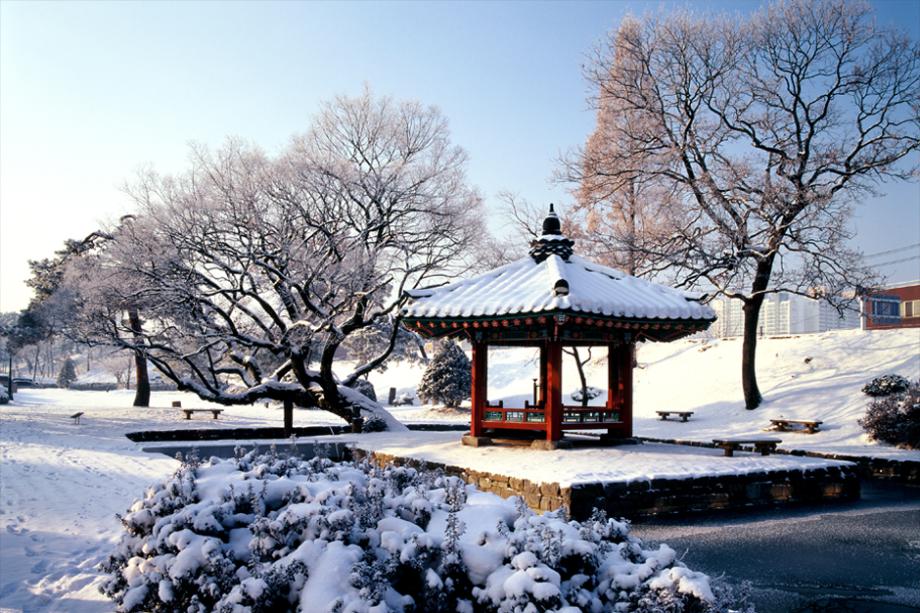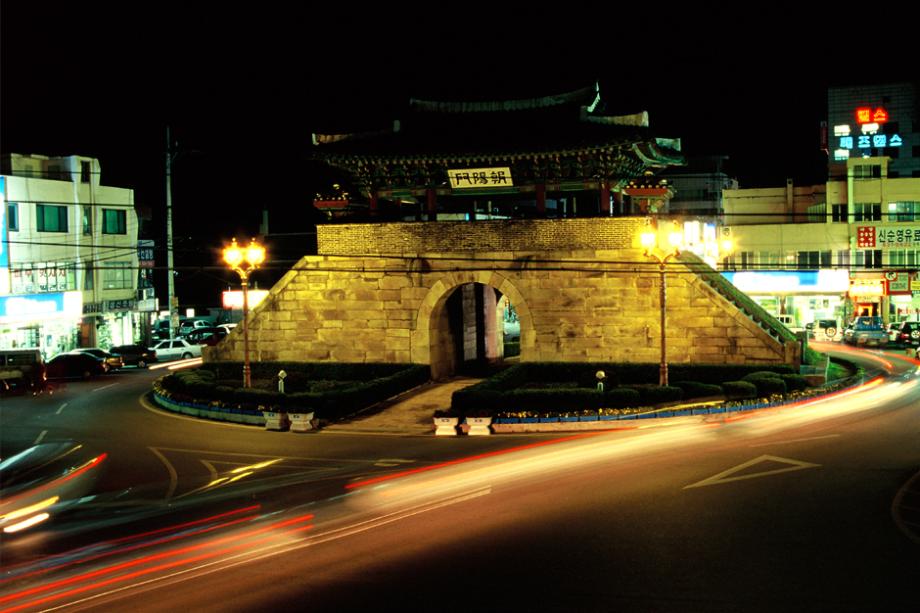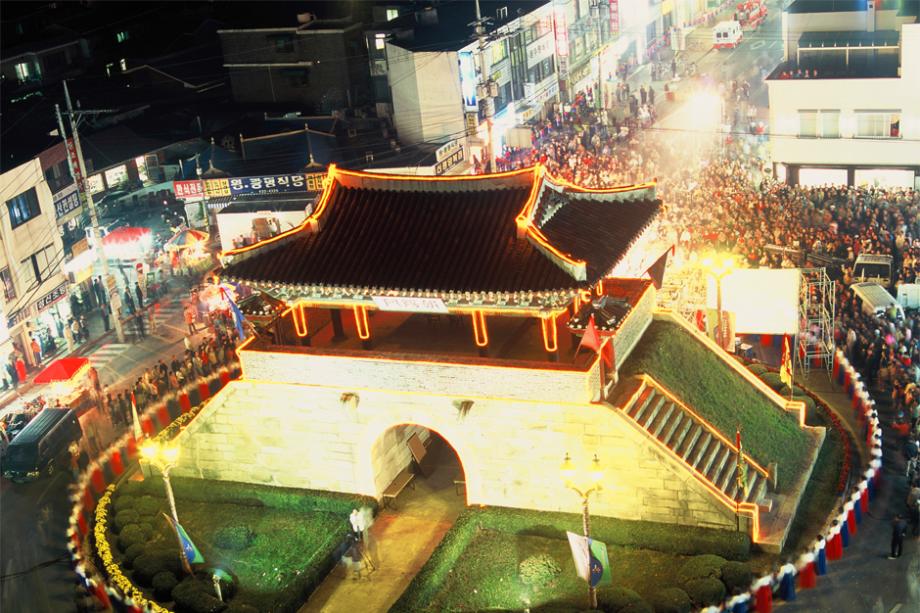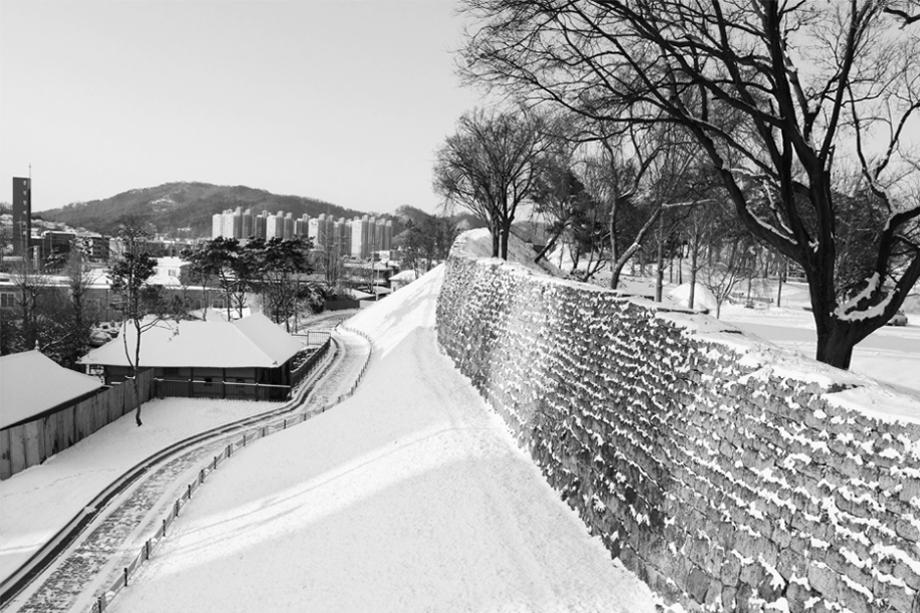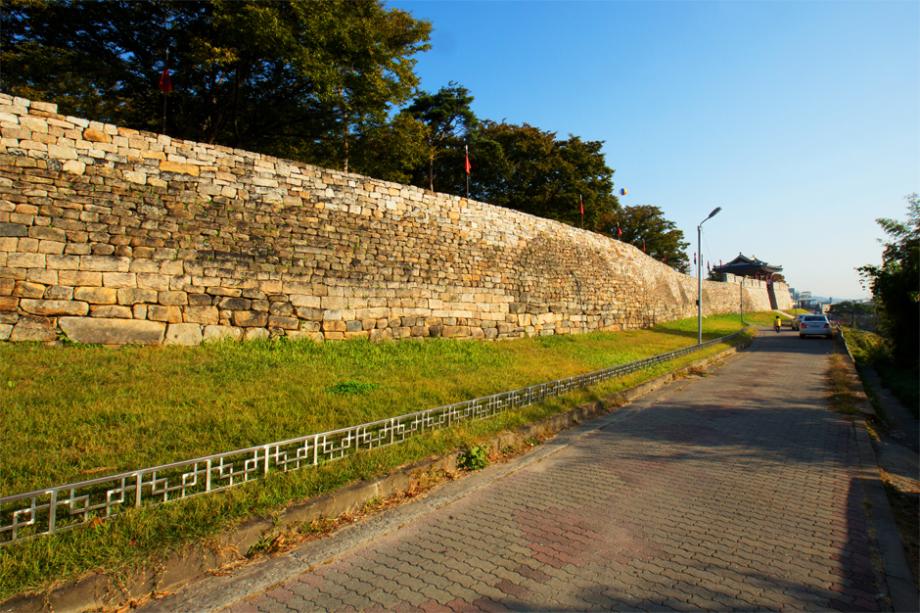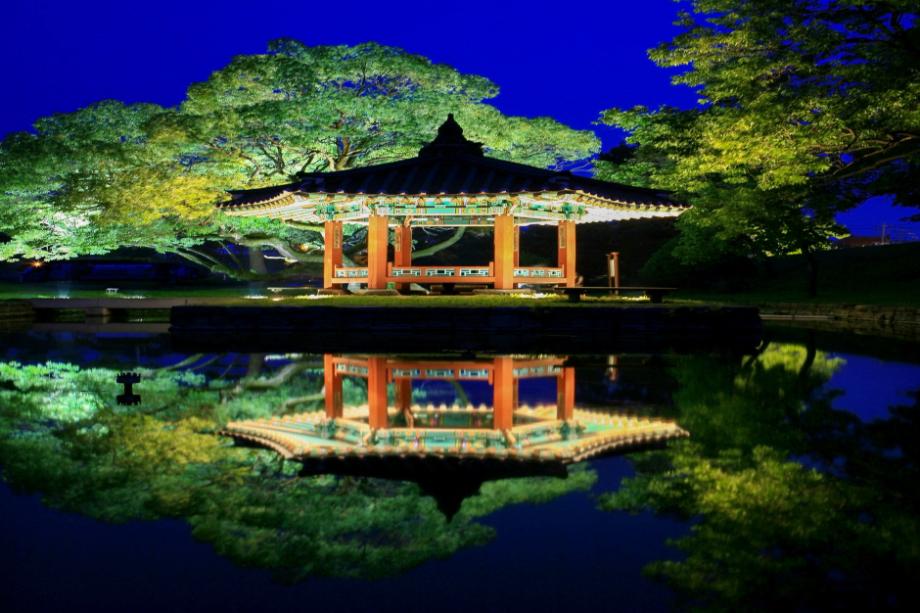Hongseong Hongjueupseong Fortress
Hongseong Hongjueupseong Fortress
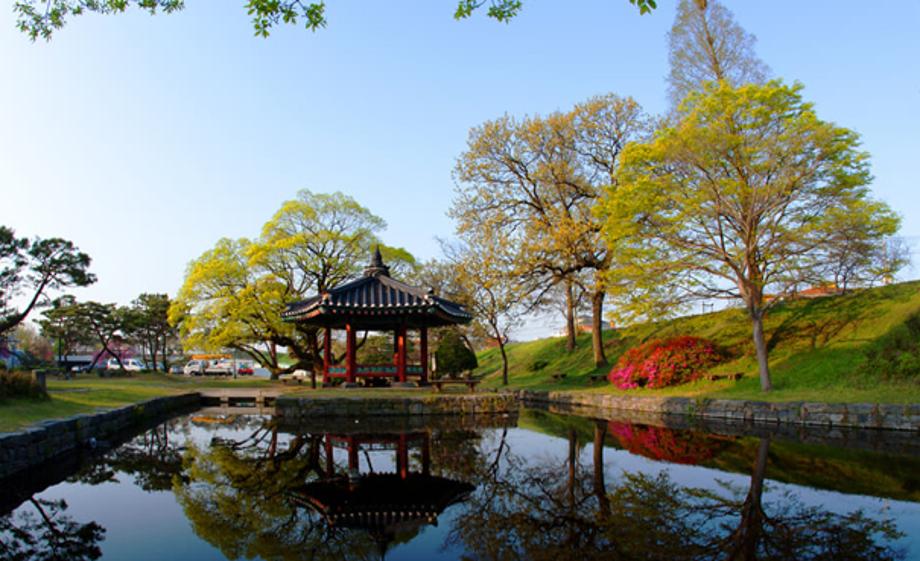
- Address 27, Amun-gil, Hongseong-eup, Hongseong-gun, Chungcheongnam-do
- Contact Us Culture and Tourism Division of Hongseong-gun
The Hongjuseong Fortress serving as the gateway to the West Sea was built around the government office of Hongju-mok. Originally spanning 1,772m in length, only 810m of the fortress wall on the south side remains today.
There were a total of 36 government office buildings, but most were destroyed by the Japanese and only the Joyangmun and Hongjuamun gates, Anhuidang Hall and Yeohajeong have survived.
The exact date of its construction is unknown, but an archaeological study has shown that the soil cover in the back of the Hongju Fortress History Center had been constructed in the late Silla period. A stone fortress was built in the early Joseon Dynasty to defend the area against the Japanese, and extension work was performed several times afterwards. A large-scale reconstruction work was conducted by Hongju-moksa Han Eun-pil in 1870. Bearing witness to Imjinwaeran (Japanese invasion of Korea in 1592), the Revolt of Yi Mong-hak, the uprising of the peasants, Catholic persecution, and other major events, this site has tremendous historical value. It is also where Min Jong-sik, Yi Se-yeong, and others who were against the signing of Eulsaneugyak (Protectorate Treaty between Korea and Japan concluded in 1905) led the Hongju Righteous Army into battle.
It is contains Anhuidang, the Magistrate's Office for Hongju-mok, which was one of the four moks (administrative unit) of Chungcheong-do, and Yeohajeong, a hexagonal pavilion built on water that is said to have been built by Hongju-moksa Yi Seung-u in 1896. Yeonhaejeong Pavilion is known to be where Hongju-moksa (governor of Hongju) would come to contemplate the political affairs and also unwind and relax. In the courtyard of the Hongseong-gun Office, there is a zelkova tree, which is said to have been planted to commemorate Master Bou-guksa's appointment as the Buddhist teacher to the king, and Hongjuamun Gate, one of the three outer gates of Hongju Government Office.
